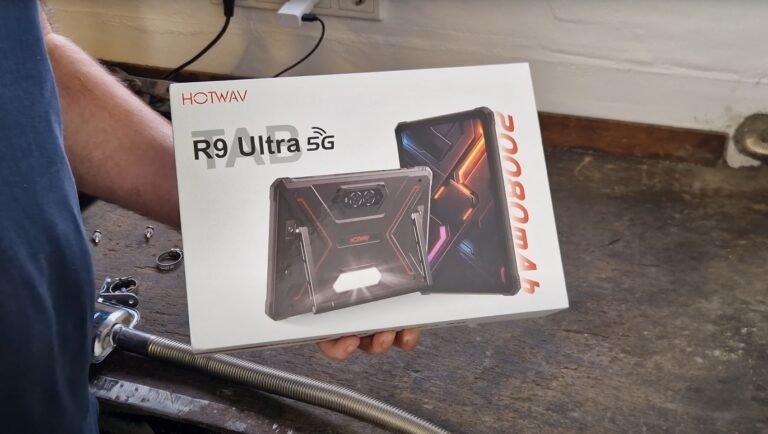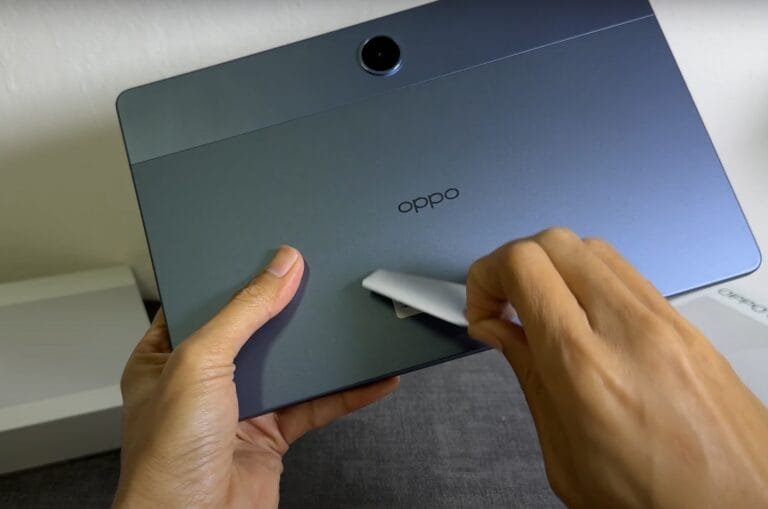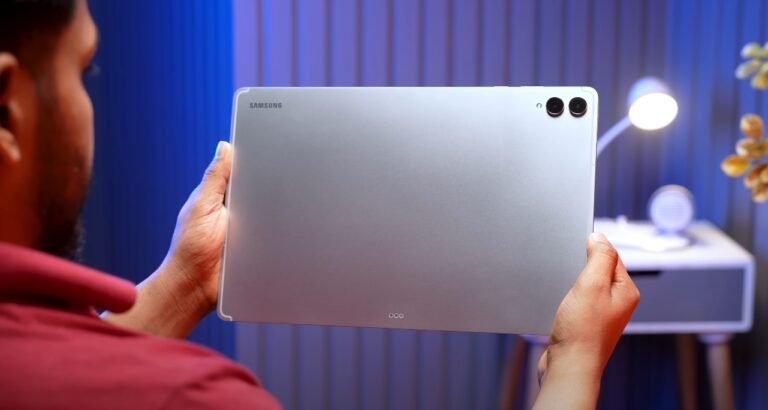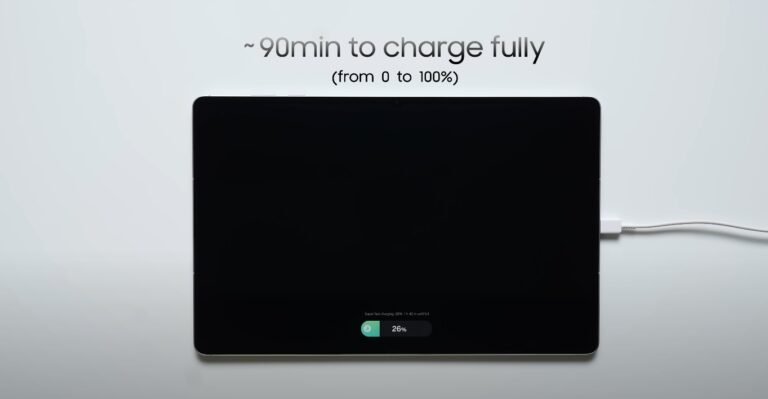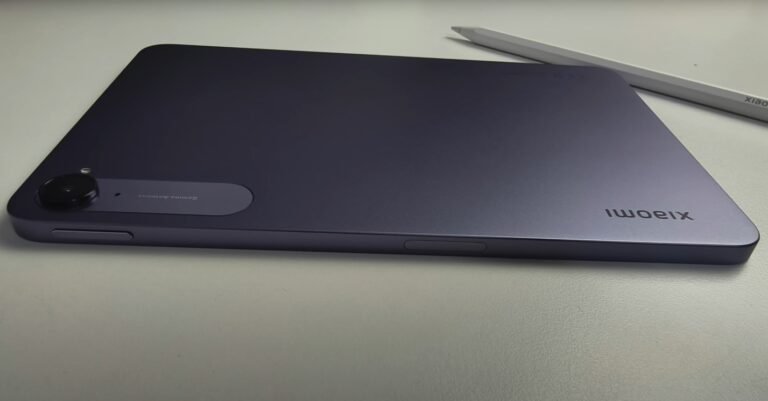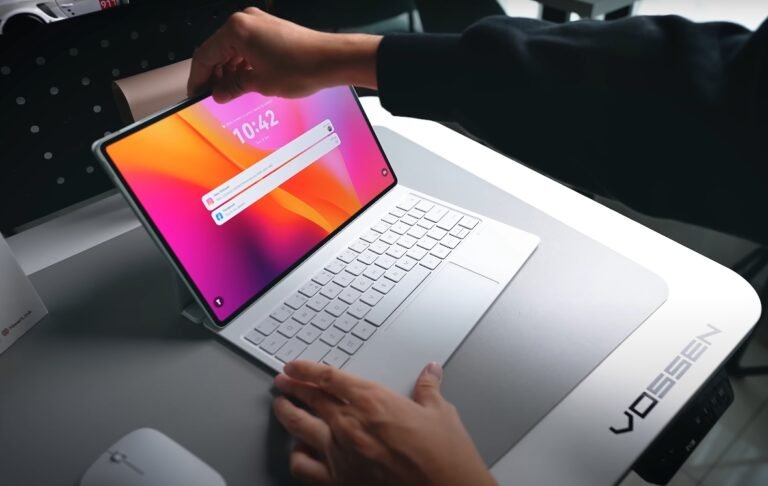Redmi Pad 2 Pro Android version and UI details
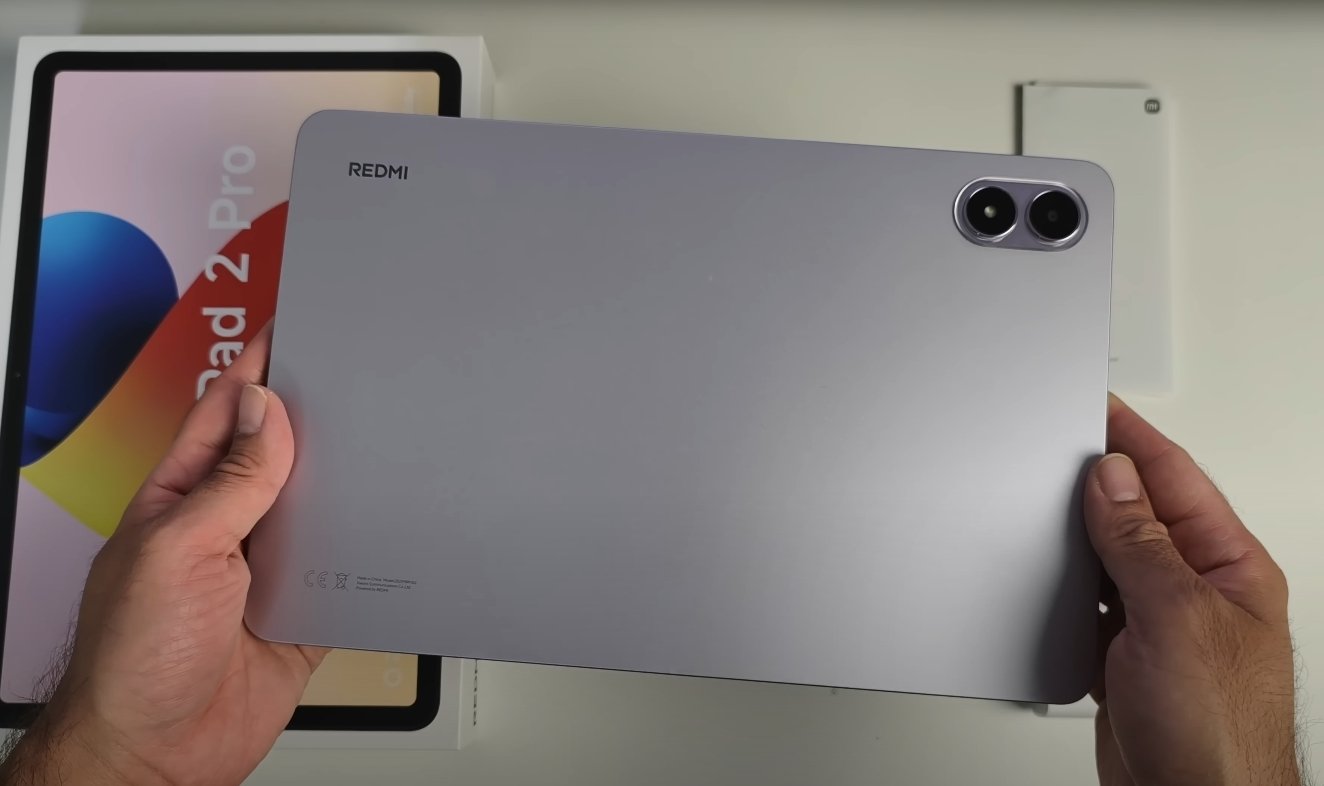
Software and Interface Overview
The Redmi Pad 2 Pro is designed to offer a smooth and modern software experience, running on Android 15 with Xiaomi’s HyperOS 2 interface. This combination delivers an upgraded, user-friendly environment that feels polished and responsive. Android 15 provides the foundation, while HyperOS 2 layers on a unique visual style and extra features tailored for tablets. The interface is clean, colorful, and designed to make multitasking easy.
HyperOS 2 introduces a minimalist aesthetic that emphasizes smooth animations and fluid transitions between apps. Users can take advantage of features like split-screen multitasking, floating windows, and a dock for quickly switching between recently used apps. The system is optimized for the larger tablet display, making it easy to manage work, entertainment, and communication all at once. The UI also supports customizable widgets, giving users quick access to their most-used apps and information right on the home screen.
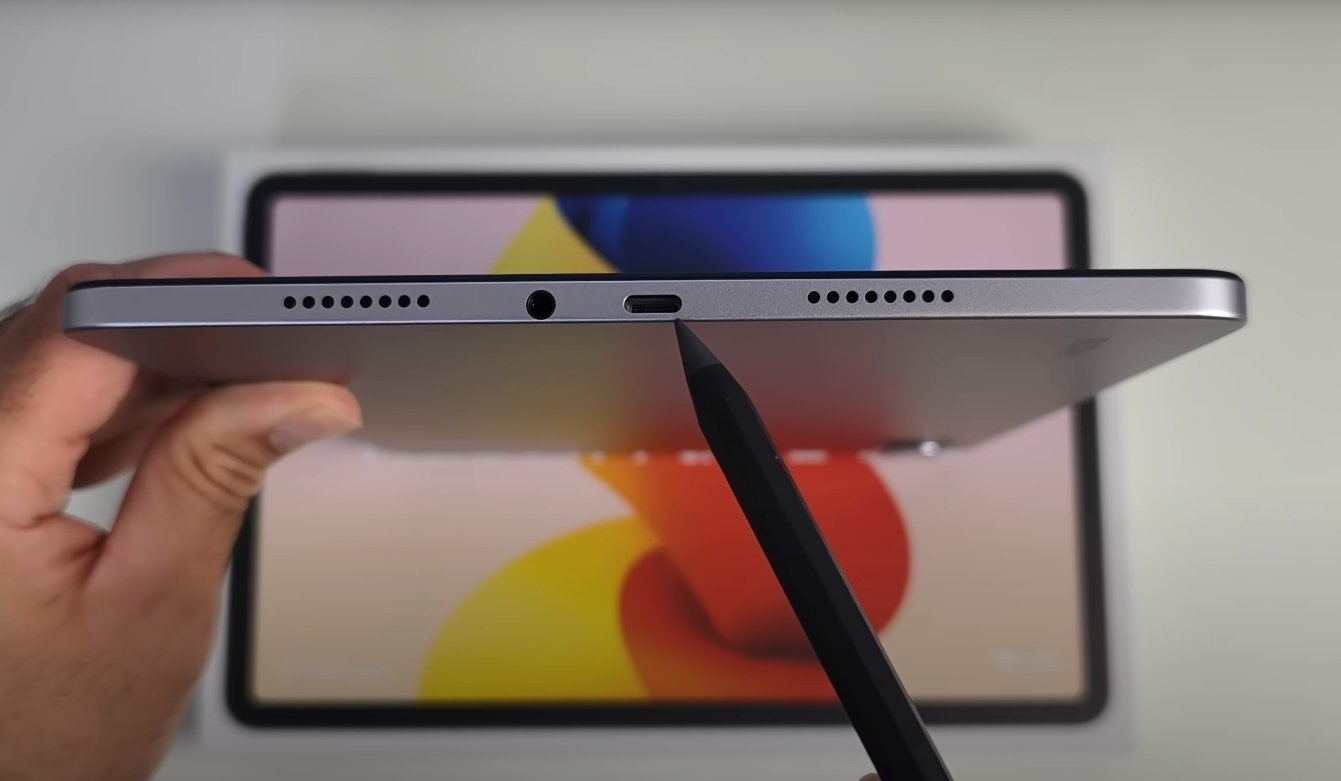
Another major focus of HyperOS 2 is performance optimization. The interface uses smarter resource allocation to ensure that apps open quickly and stay responsive, even when multiple tasks are running in the background. This is paired with improved battery management, so users can work or watch content for long periods without worrying about running out of power too quickly. AI-powered system enhancements predict user habits and preload frequently used apps, further cutting down on wait times.
Security and privacy are also emphasized in the Redmi Pad 2 Pro’s software package. Android 15’s built-in privacy dashboard is present, allowing users to control permissions with more transparency. HyperOS 2 adds its own enhancements, including secure file sharing and app locking features. For those who use biometric security, the system supports fast face unlock and PIN or password protection to keep personal data safe.
Regular updates are another strength of this tablet. Xiaomi has committed to providing at least two major Android version upgrades, meaning the device will likely see Android 16 and Android 17 in the future. HyperOS itself will also receive incremental updates that bring new features, interface improvements, and security patches. This ensures that the tablet stays relevant and secure for several years after purchase.
Overall, the Redmi Pad 2 Pro’s combination of Android 15 and HyperOS 2 makes it a capable, versatile device for both casual and productivity use. The software is well-optimized for the large display, offering smooth performance and intuitive navigation. Whether you’re using it for streaming, reading, writing, or multitasking between work apps, the UI feels responsive and polished. Xiaomi’s focus on long-term updates also adds value, making this tablet a strong choice for anyone seeking a reliable Android experience.

